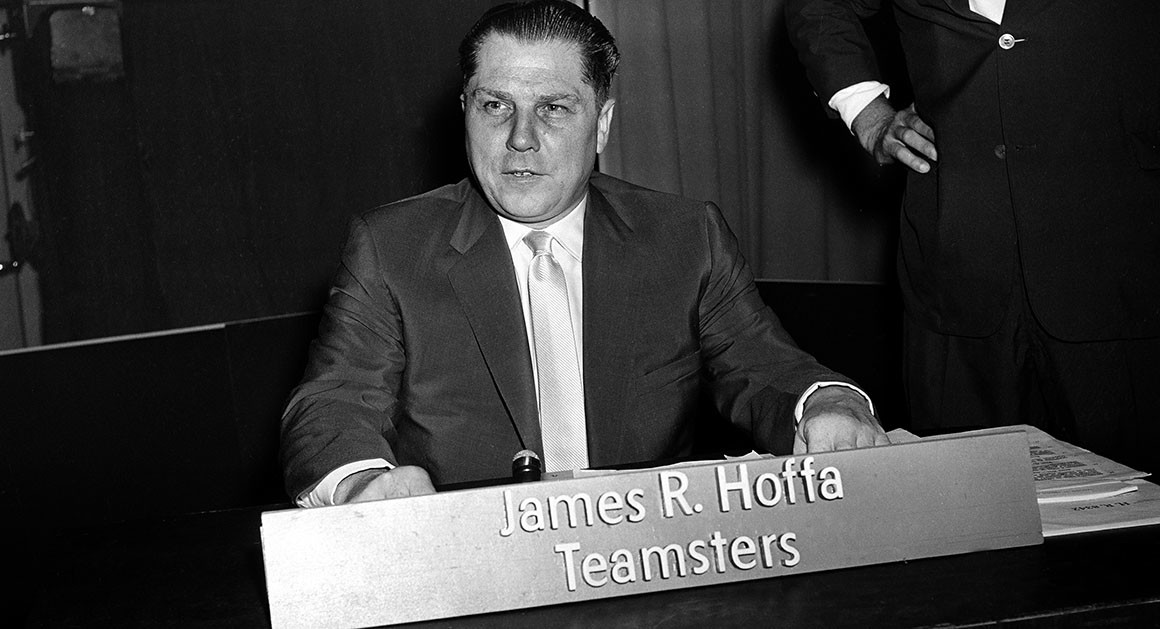
This Day in Labor History: December 10, 1789. Moses Brown, a Rhode Island businessman, hired Samuel Slater to build an English-style factory in Pawtucket, Rhode Island. This began the Industrial Revolution in the United States. Let's talk about its impact on workers! 

Samuel Slater was a farmer’s son in England who started working in an early cotton mill in 1778 at the age of 10. At the dawn of the Industrial Revolution, there was room for fast learners to rise rapidly.
Slater became close to the mill’s owner, who trained him in its various workings. As the British developed this mill technology, it sought to protect its advantages by banning the transporting of this knowledge outside of its borders.
But Slater had a great memory. Once he knew how the mill ran, he decided to go to the United States to make his fortune in that new nation.
Moses Brown was a Rhode Island businessman who decided to start a spinning factory in Pawtucket along with other members of his family. They wanted to use the Arkwright system developed in England but could not figure out how to operate the technology.
Hearing of this, Samuel Slater, who had just arrived in New York looking for an opportunity to build his own mill, offered his services. The contract between Slater and Brown combined the former’s technological skills with the latter’s money. It made both of them very wealthy.
Slater began constructing his new factory in early 1790. By December, it was partially operational, with about 10 employees. In 1793, the factory opened in full. Slater then used his own education to train the new mechanics in how to operate these industrial machines.
Slater relied very heavily on child labor, again borrowing from his own personal life. Given the close-knit New England family economy, this was not a particularly difficult transition to make. Slater soon split from his original partners, opening mills in southern New England.
This, along with the invention of the cotton gin in 1793, transformed the New England and broader American economy. The cotton gin drastically reduced the labor necessary in the cotton mills, allowing for more spinning and thus higher production rates.
The British held most of the world’s spinning production during these years but the growth of American industry was spurred by the tensions with the British during the Early Republic, including Jefferson’s Embargo of 1807 and 1808 and the War of 1812, lasting until early 1815.
By 1815, there were 140 mills within 30 miles of Providence, employing 26,000 people.
The growth of this industry made Americans nervous, for they feared the Dickensian industrial cities of Britain. Slater built his own company town, Slatersville, that attempted to create a ruralesque village around a factory.
It included a company store and tenement housing for workers. These concerns also led to experimental towns like Lowell which would allow American industry to grow while retaining its fundamentally rural values.
But growing competition undermined Lowell, creating some of the first strikes in the United States and eventually leading to the importation of largely Irish labor to replace the native-born women in those factories.
The awful conditions of British cities would indeed be replicated in the United States, with social problems and unrest that would mark American industry through the New Deal unionization of the industrial workforce.
The rise of factory work would transform American labor.
While this could not be predicted in 1789 or 1793, a process begun that brought Americans in from the fields to the factories, from the farms to the cities, and from relative control over their own labor to an increasingly centralized and deskilling work under control of managers
For decades after Slater’s Mill opened, Americans primarily believed that in the principle of controlling their own labor, whether in urban shops or on farms, with large-scale factory labor something of an afterthought or something that could be done by the Irish.
But in fact, it, and the profits it engendered in the hands of the very, very few, would come to define American work and create the proletariatization of the working class.
It would lead to rapid advances in transportation technology, including the canals of the 1820s and the beginning of the railroads by the late 1830s.
And it would create a new legal regime that would allow an ideal of “progress” to run roughshod over the rights of workers or property owners.
Mill owners demanded the right to dam rivers in order to power the mills, even if it caused erosion to farms upstream or ended shad runs that interior communities relied on for both food and trade. Courts said OK.
The also demanded the right to not take responsibility for workers’ getting hurt on the job, which Massachusetts would encode in law in 1842 and would continue largely unchallenged by the American legal system until the early 20th century.
Samuel Slater died a millionaire in 1835, in an age when there were very few.
Back tomorrow with a discussion of the Colored Farmers Alliance.
• • •
Missing some Tweet in this thread? You can try to
force a refresh






